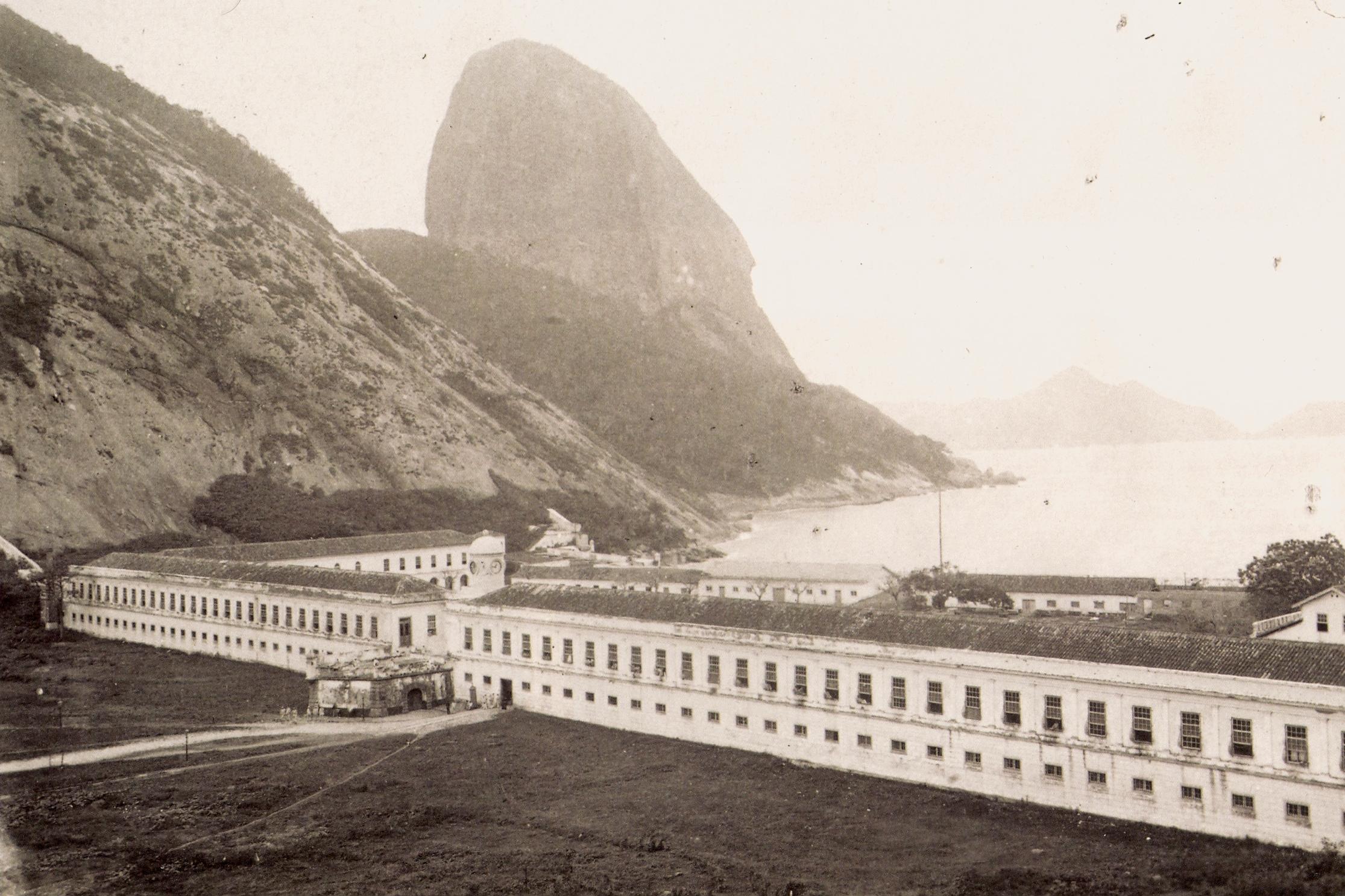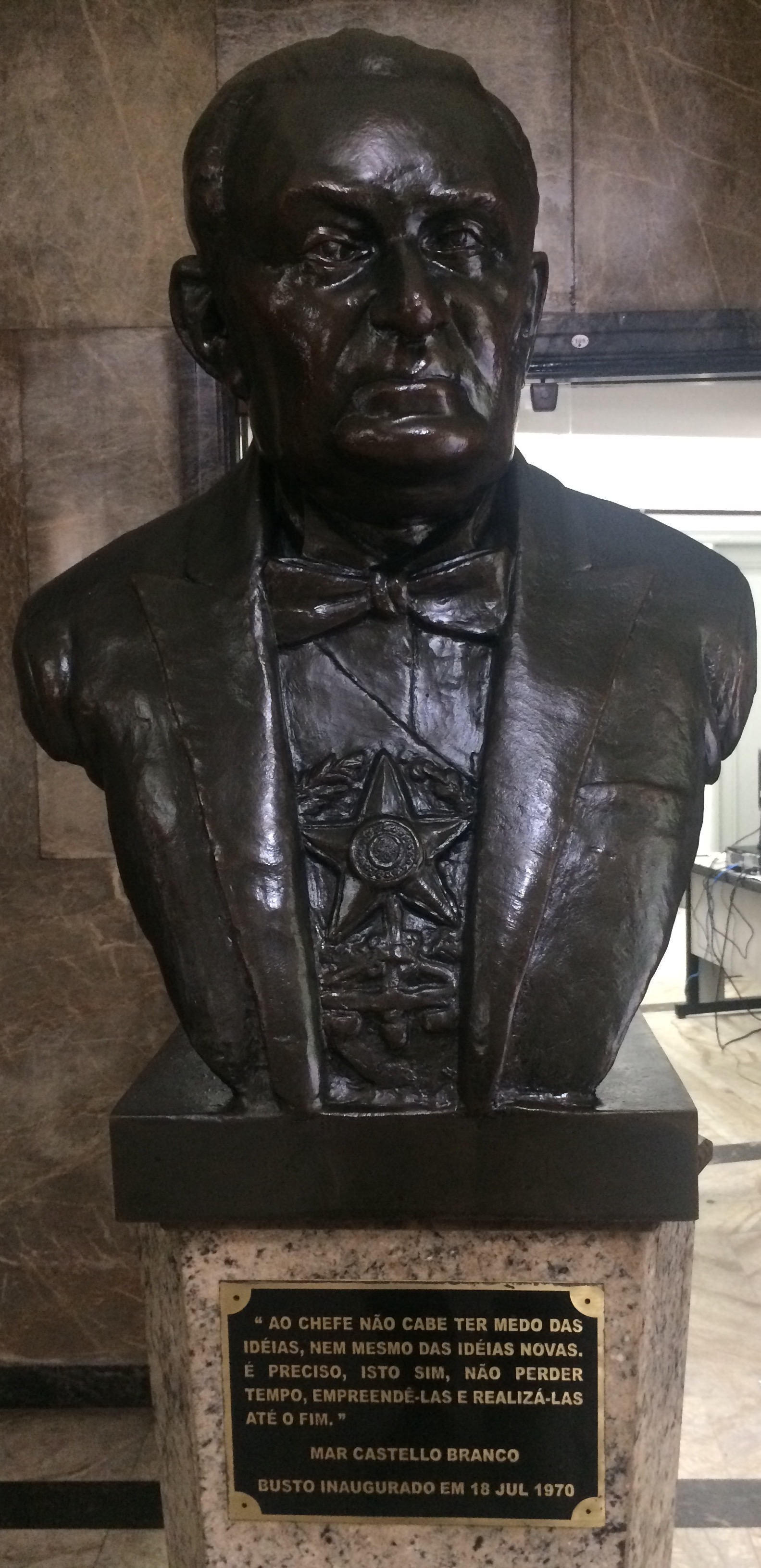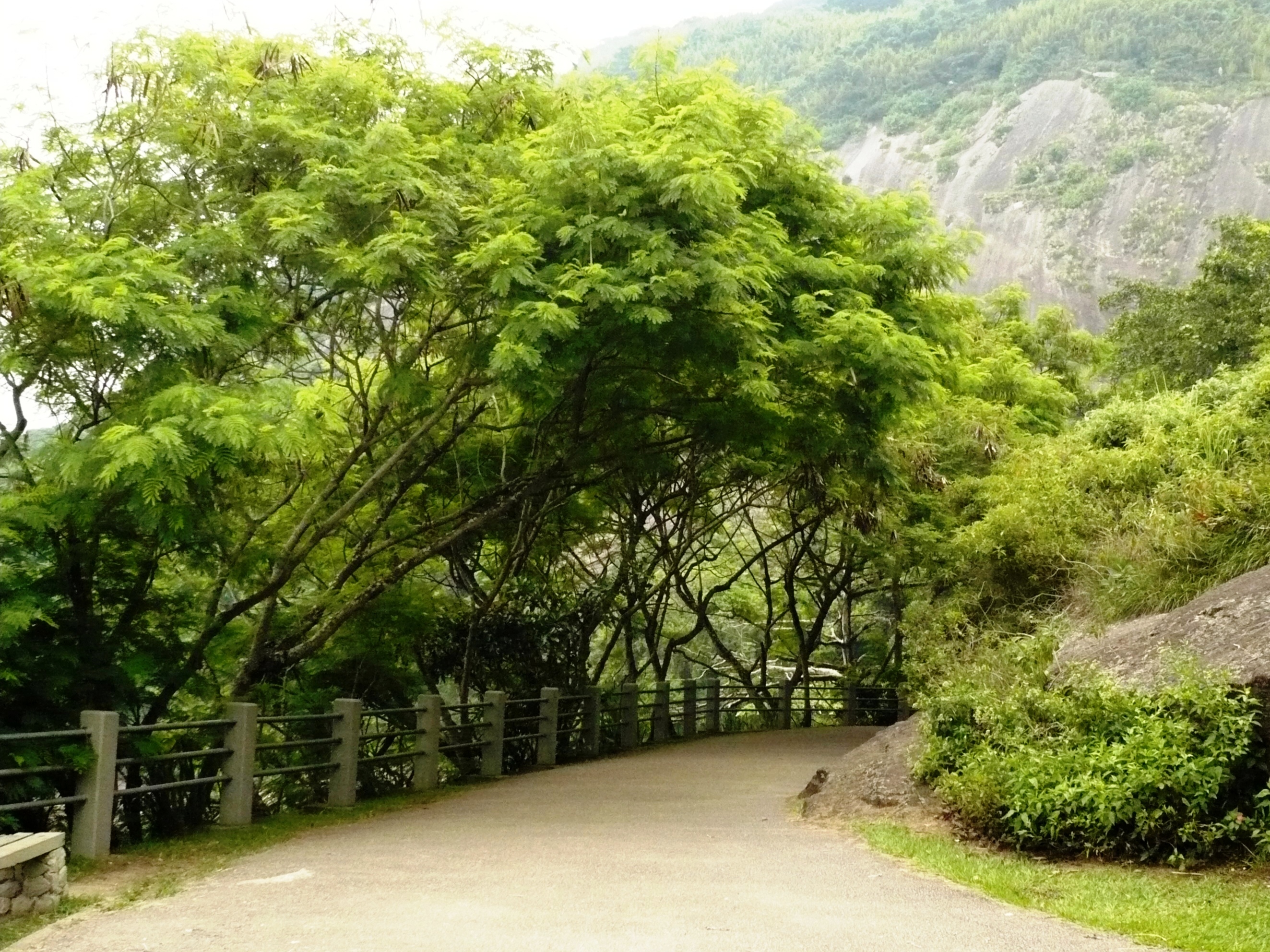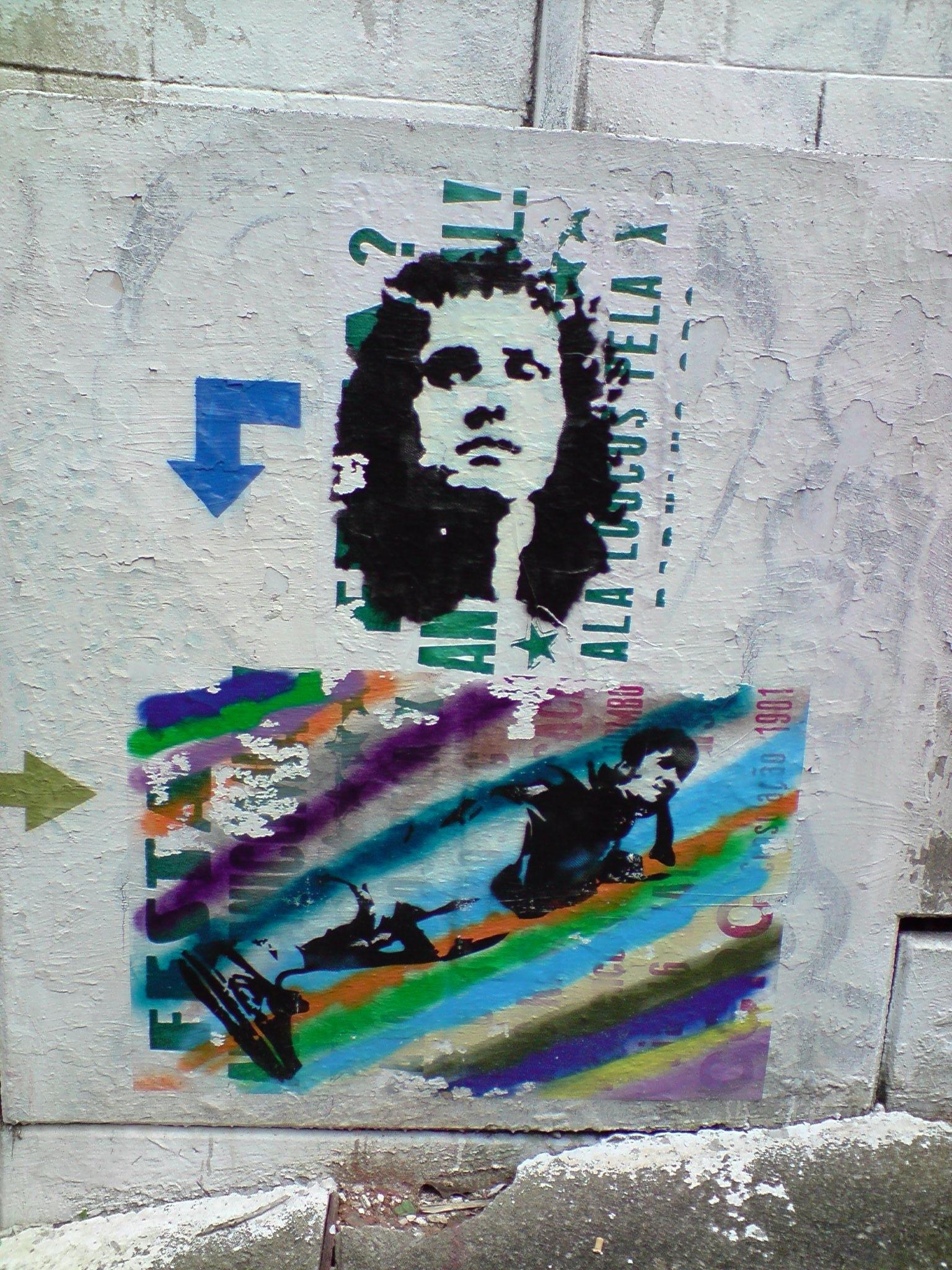|
Urca
Urca is a traditional and wealthy residential neighborhood with nearly 7,000 inhabitants (2000 census) in Rio de Janeiro, Brazil. Although most of the neighborhood dates from the 1920s, parts of it are much older. What is now called the Forte São João, a military base at the foot of the Sugarloaf Mountain, is where the first Portuguese settlement in Rio was founded by Estácio de Sá on March 1, 1565. The French had arrived 12 years earlier and founded a settlement, called France Antarctique, close to what is now Flamengo and Gloria districts, in downtown Rio. The French, riven by internal disputes between Catholics and Protestants, were massacred by the Portuguese and their Indian allies in attacks organised from here, expelling them from the nearby Villegagnon Island (named after the French commander Nicolas Durand de Villegaignon). The street now called Rua São Sebastião, in Urca, which leads from behind the fort to the Urca casino, was originally a trail from the Portugues ... [...More Info...] [...Related Items...] OR: [Wikipedia] [Google] [Baidu] |
Sugarloaf Mountain (Brazil)
Sugarloaf Mountain ( pt, Pão de Açúcar, ) is a peak situated in Rio de Janeiro, Brazil, at the mouth of Guanabara Bay on a peninsula that juts out into the Atlantic Ocean. Rising above the harbor, the peak is named for its resemblance to the traditional shape of concentrated refined loaf sugar. It is known worldwide for its cableway and panoramic views of the city and beyond. The mountain is one of several monolithic granite and quartz mountains that rise straight from the water's edge around Rio de Janeiro. Geologically, it is considered part of a family of steep-sided rock outcroppings known as non- inselberg bornhardts. The mountain is protected by the Sugarloaf Mountain and Urca Hill Natural Monument, created in 2006. This became part of a World Heritage Site declared by UNESCO in 2012. Origins of the name The name Sugarloaf was coined in the 16th century by the Portuguese during the heyday of sugarcane trade in Brazil. According to historian Vieira Faze ... [...More Info...] [...Related Items...] OR: [Wikipedia] [Google] [Baidu] |
Instituto Militar De Engenharia
The ''Instituto Militar de Engenharia'' (IME; en, Military Institute of Engineering) is an engineering institute maintained by the Brazilian Army with federal support. IME is the oldest and one of the best ranked engineering schools in Brazil, according to the Brazilian Ministry of Education. Its current campus is located in Urca, Rio de Janeiro, opposite the entrance to the Sugar Loaf cable car. History The Institute was founded by the Portuguese colonial administration in 1792, as the ''Real Academia de Artilharia, Fortificação e Desenho'' (Royal Academy of Artillery, Fortification and Drawing), on the model of the Fortification, Artillery and Drawing Academy of Lisbon. IME is the third oldest engineering school in the world and the oldest in Americas. The school is known for having produced some of Brazil's most notable researchers and public figures. Teaching and admission The school's undergraduate admission exam is considered one of the most difficult in the countr ... [...More Info...] [...Related Items...] OR: [Wikipedia] [Google] [Baidu] |
Carmen Miranda
Carmen Miranda, (; born Maria do Carmo Miranda da Cunha, 9 February 1909 – 5 August 1955) was a Portuguese-born Brazilian samba singer, dancer, Broadway actress and film star who was active from the late 1920s onwards. Nicknamed "The Brazilian Bombshell", Miranda was known for her signature fruit hat outfit that she wore in her American films. As a young woman, she designed hats in a boutique before making her first recordings with composer Josué de Barros in 1929. Miranda's 1930 recording of "Taí (Pra Você Gostar de Mim)", written by Joubert de Carvalho, catapulted her to stardom in Brazil as the foremost interpreter of samba. During the 1930s, Miranda performed on Brazilian radio and appeared in five Brazilian '' chanchadas'', films celebrating Brazilian music, dance and the country's carnival culture. '' Hello, Hello Brazil!'' and '' Hello, Hello, Carnival!'' embodied the spirit of these early Miranda films. The 1939 musical ''Banana da Terra'' (directed by Ruy Co ... [...More Info...] [...Related Items...] OR: [Wikipedia] [Google] [Baidu] |
Escola De Comando E Estado-Maior Do Exército (Brazil)
The Escola de Comando e Estado-Maior do Exército - ECEME (Brazilian Army Command and General Staff School) - Escola Marechal Castello Branco – is in the Urca neighborhood, in the city of Rio de Janeiro, Brazil. It is an educational unit of the Brazilian Army, with the mission to prepare senior officers for general staff functions, command, leadership, direction and advising. In addition, it cooperates with the general and sectoral direction Army bodies developing doctrine for Army preparation and employment. It is directly in subordination to the Diretoria de Ensino Superior Militar – DESMil (Higher Military Education Directorate), of the Departamento de Educação e Cultura – DECEX (Army Department of Education and Culture). History At the time of the transfer of the Portuguese court to Brazil (1808-1821), the Headquarters of the Court was established in Rio de Janeiro, which guided and coordinated the activities of the Portuguese Army. Later, at the beginning of ... [...More Info...] [...Related Items...] OR: [Wikipedia] [Google] [Baidu] |
Pista Cláudio Coutinho
The Pista Cláudio Coutinho is a walking/running trail located beneath Sugarloaf Mountain in the Rio de Janeiro neighborhood of Urca Urca is a traditional and wealthy residential neighborhood with nearly 7,000 inhabitants (2000 census) in Rio de Janeiro, Brazil. Although most of the neighborhood dates from the 1920s, parts of it are much older. What is now called the Forte Sã .... The paved trail is 1.25 km long, has many native Brazilian trees with lot´s of birds and small monkeys. Halfway down the trail is the entrance to the unpaved trail that leads to the top of the first of Sugarloaf Mountain's two humps. The area is frequented by families, tourists and local runners. ReferencesLonely Planet - Pista Cláudio Coutinho Hiking trails in South America Guanabara Bay Transport in Rio de Janeiro (city) {{Brazil-transport-stub ... [...More Info...] [...Related Items...] OR: [Wikipedia] [Google] [Baidu] |
Fortaleza De São João (Rio De Janeiro)
The Fortaleza de São João da Barra do Rio de Janeiro (Portuguese for: Fortress of Saint John of the Harbor of Rio de Janeiro), popularly known as the Fortaleza de São João or Forte (de) São João (Fort (of) Saint John), is a 16th-century star fort in the present-day Urca neighborhood of Rio de Janeiro, erected by Estácio de Sá to protect Guanabara Bay from French invasion.Espaço Cultural: Fortaleza de São João, RJ History The original fort was built in 1565 under King Sebastian of Portugal. An expanded and improved structure was put into service in 1618, consisting of four batteries (São José, São Martinho, São Teodósio, and São Diogo). Its armaments were greatly reduced, and not manned, during Brazil's Regency period, but Dom Pedro II ordered the fort completely renovated in 1872, and it was equipped with a complement of guns, bunkers, and batteries, including fifteen Whitworth cannons. It was manned as a coastal artillery Coastal artillery is the br ... [...More Info...] [...Related Items...] OR: [Wikipedia] [Google] [Baidu] |
Leme, Rio De Janeiro
left, Leme Leme (, ''rudder'') is an upper-middle-class neighborhood in the South Zone of the City of Rio de Janeiro, Brazil, next to Copacabana, Urca and Botafogo. The neighborhood takes its name from a nearby rock formation whose shape resembles the rudder of a ship. In 1975 was built one of the tallest buildings in the Leme beach; the hotel Le Méridien. Le Méridien closed in 2007 and was sold in 2009 to Windsor Hotels for around R$170 million. After a refurbishment, it was reopened in January 2011 as the Windsor Atlantica Hotel Hilton Rio de Janeiro Copacabana is a 110-metre 37-storey skyscraper hotel in the Leme neighbourhood of Rio de Janeiro, Brazil. It is the tallest building on Leme Beach. History The hotel originally opened in 1976 as the Hotel Meridien Copacaba .... Every year in the days leading up to New Year's on December 31 the traditional processions honoring Yemaja begin here. The famous party of Réveillon or New Year's Eve in Copacabana extends comple ... [...More Info...] [...Related Items...] OR: [Wikipedia] [Google] [Baidu] |
Catholic
The Catholic Church, also known as the Roman Catholic Church, is the largest Christian church, with 1.3 billion baptized Catholics worldwide . It is among the world's oldest and largest international institutions, and has played a prominent role in the history and development of Western civilization.O'Collins, p. v (preface). The church consists of 24 ''sui iuris'' churches, including the Latin Church and 23 Eastern Catholic Churches, which comprise almost 3,500 dioceses and eparchies located around the world. The pope, who is the bishop of Rome, is the chief pastor of the church. The bishopric of Rome, known as the Holy See, is the central governing authority of the church. The administrative body of the Holy See, the Roman Curia, has its principal offices in Vatican City, a small enclave of the Italian city of Rome, of which the pope is head of state. The core beliefs of Catholicism are found in the Nicene Creed. The Catholic Church teaches that it is th ... [...More Info...] [...Related Items...] OR: [Wikipedia] [Google] [Baidu] |
Roberto Carlos (singer)
Roberto Carlos Braga Moreira (; born April 19, 1941) is a Brazilian singer-songwriter, also known as ''King of Latin Music'' or simply ''The King''. Most of his songs are written in partnership with his friend, singer and songwriter Erasmo Carlos (no relation). Roberto Carlos has sold over 140 million albums around the world. He is considered one of the most influential artists in Brazil, being cited as a source of inspiration by many artists and bands. His net worth is estimated at US$160 million. Career Childhood Roberto Carlos Braga was born in Cachoeiro de Itapemirim, at the southern part of the Brazilian state of Espírito Santo. He is the fourth and last son of watchmaker Robertino Braga (March 27, 1896 – January 27, 1980) and seamstress Laura Moreira Braga (April 10, 1914 – April 17, 2010). The family lived in a modest home on top of a hill in the Nook neighbourhood. His siblings were Lauro Roberto Braga, Carlos Alberto Moreira Braga and Norminha. At age 6, d ... [...More Info...] [...Related Items...] OR: [Wikipedia] [Google] [Baidu] |
Chacrinha
José Abelardo Barbosa de Medeiros (September 30, 1917 – June 30, 1988), better known as Chacrinha (), was a Brazilian comedian, radio and TV personality. His career was at its peak from 1950 to 1980. He was author of a famous Brazilian phrase that states: "Na televisão, nada se cria, tudo se copia" ("In television, nothing is created, everything is copied"). In his shows, now famous Brazilian celebrities were revealed, such as Roberto Carlos and Raul Seixas. He began as a radio presenter, and then enjoyed great success and inspired controversy with his anarchic sense of humor while hosting many TV shows on Globo and other networks in the 1950s, 1960s, 1970s and 1980s. He would interrupt the musical numbers of major stars, blow a horn like Harpo Marx while poking fun at guests and throw codfish to the audience. Biography Childhood Chacrinha was born in Surubim, Pernambuco. At the age of 10, he moved with his family to Campina Grande, Paraiba. At the age of 17, he we ... [...More Info...] [...Related Items...] OR: [Wikipedia] [Google] [Baidu] |
Astrophysics
Astrophysics is a science that employs the methods and principles of physics and chemistry in the study of astronomical objects and phenomena. As one of the founders of the discipline said, Astrophysics "seeks to ascertain the nature of the heavenly bodies, rather than their positions or motions in space–''what'' they are, rather than ''where'' they are." Among the subjects studied are the Sun, other stars, galaxies, extrasolar planets, the interstellar medium and the cosmic microwave background. Emissions from these objects are examined across all parts of the electromagnetic spectrum, and the properties examined include luminosity, density, temperature, and chemical composition. Because astrophysics is a very broad subject, ''astrophysicists'' apply concepts and methods from many disciplines of physics, including classical mechanics, electromagnetism, statistical mechanics, thermodynamics, quantum mechanics, relativity, nuclear and particle physics, and atomic and ... [...More Info...] [...Related Items...] OR: [Wikipedia] [Google] [Baidu] |







.jpg)
